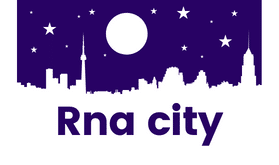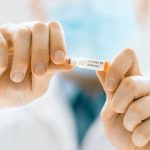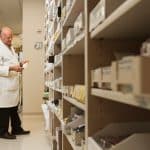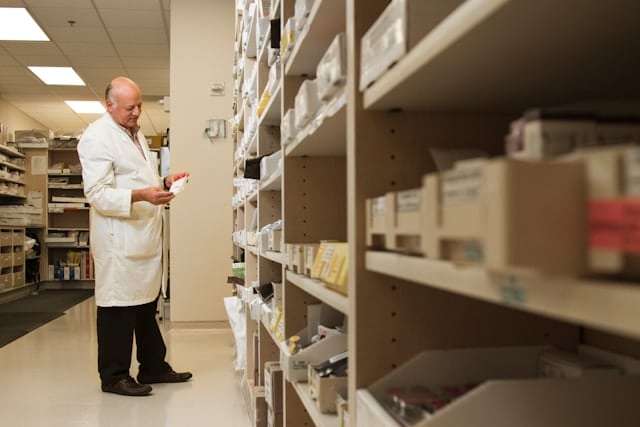In the current digital era, technology is playing a significant role in enhancing the detection of counterfeit pharmaceuticals. The advancement in technology is providing essential tools that help in spotting falsified and substandard drugs, thus safeguarding the health of the global population. The issue of counterfeit medicines is a significant concern worldwide. It not only imposes a severe threat to public health but also leads to financial losses for pharmaceutical companies. The detection of such products requires cutting-edge technology to ensure that every dose administered is safe and effective. In this article, we’ll discuss how technology aids in detecting counterfeit pharmaceuticals, providing a new dimension to this war against fake medicines.
The Problem of Counterfeit Pharmaceuticals
Before delving into the technologies used in detecting counterfeit drugs, it’s vital to understand the magnitude of the problem. Counterfeit pharmaceuticals are low-quality products that are deliberately and fraudulently produced and mislabelled with the intent to deceive. These drugs are either substandard or falsified, often containing the wrong amount of active ingredients, if any, posing a significant danger to patients’ health.
Also to see : How Can AI-Driven Language Learning Apps Customize Vocabulary Building for Advanced Learners?
According to a study published on PubMed, counterfeit drugs are a billion-dollar industry affecting both the developing and the developed world. The World Health Organization (WHO) estimates that 10% of all medicines worldwide are counterfeit, with this figure rising up to 70% in certain countries.
The detection of counterfeit drugs, therefore, is not only a quality assurance issue but also a matter of public health safety.
Topic to read : How Can Smart Homes Adapt to Reduce the Risk of Falls for the Elderly?
Google’s Role in Detecting Counterfeit Pharmaceuticals
In the fight against counterfeit drugs, internet giants like Google play a crucial role. Google’s robust algorithms and AI-powered systems aid in monitoring and detecting websites selling counterfeit drugs. The system uses data analysis to pick out suspicious patterns, such as unusual spikes in traffic or abnormal purchasing patterns, which can be signs of illegal activities.
The search engine also collaborates with national regulatory authorities, providing them with valuable data to shut down these fraudulent activities. By leveraging the power of data and technology, Google is helping to ensure the online pharmaceutical supply chain remains transparent and trustworthy.
Technologies Boosting the Quality Control of Medicines
Advancements in technology are significantly impacting the quality control of medicines. One such technology is Radio Frequency Identification (RFID). This system uses electromagnetic fields to automatically identify and track tags attached to products. When implemented in the pharmaceutical supply chain, it allows for real-time tracking of each product, making it nearly impossible for counterfeit drugs to enter the supply chain.
Another technological innovation enhancing the quality control of medicines is the mass spectrometry. This technology can provide a detailed analysis of the drug’s composition, making it an effective tool for detecting counterfeit medicines. It allows for the rapid detection of inconsistencies in the product’s chemical makeup, flagging it as a potential counterfeit.
Emerging Technologies in Detecting Counterfeit Pharmaceuticals
Emerging technologies are also paving the way to more sophisticated methods of detecting counterfeit pharmaceuticals. Blockchain technology, for example, can offer a secure and transparent way to track and trace pharmaceuticals across the supply chain. It creates a decentralized ledger of all transactions, ensuring that every step of the supply chain is visible and verifiable.
On the other hand, Artificial Intelligence (AI) is becoming increasingly useful in identifying counterfeit drugs. AI-powered systems can learn and adapt to new information, which allows them to recognize patterns and inconsistencies that human investigators might miss. These systems can analyze large sets of data to identify potential counterfeits, making them a valuable tool in keeping the pharmaceutical supply chain safe.
The Future of Counterfeit Drug Detection
While the technologies mentioned above are making strides in detecting counterfeit drugs, the future holds even more promise. Experts are already hypothesizing about the potential of nanotechnology in the pharmaceutical industry. Nanotechnology could be used to develop tiny sensors embedded in drug packaging to reveal any tampering or deviation in the product’s contents.
In addition, advances in big data analytics will enable the processing of vast amounts of information in real-time, speeding up the detection of counterfeit drugs. Such advancements will further strengthen the capabilities of authorities and organizations in the fight against counterfeit pharmaceuticals.
Google Scholar’s Contribution in Unearthing Falsified Substandard Drugs
A critical player in the battle against counterfeit drugs is Google Scholar, a widely accessible web search engine that indexes the full text of scholarly literature across an array of publishing formats and disciplines. Google Scholar has been instrumental in unearthing academic research publications that shed light on the menace of falsified substandard drugs, their impact on public health, and the various methods and technologies used in their detection.
This search engine also aids in the identification of informative articles that detail the composition, preparation, and quality control measures of various medical products. Users can access a plethora of papers discussing the visual inspection of drugs, sample preparation, and the significance of the active ingredient in the authentication process.
Google Scholar acts as an excellent tool for connecting pharmaceutical companies, researchers, and health organizations worldwide. They can share their findings, discuss new authentication technologies, and collaborate on strategies to curb the menace of counterfeit drugs. Crucially, Google Scholar has created an invaluable platform for the global dissemination of information on this critical public health issue.
Challenges and Solutions in the Detection of Falsified Medicines
Despite the technological advancements, the United States Food and Drug Administration (FDA) and the World Health Organization (WHO) face numerous challenges in the detection and elimination of falsified medicines. Detecting counterfeit drugs is not simply about identifying a fake product; it’s also about understanding and curtailing the supply chain that enables its distribution.
The GPHF-MiniLab, a compact, mobile laboratory designed for the rapid drug quality verification in resource-limited settings, has been a game-changer in this regard. It offers simple methods for the visual inspection of drugs and the analysis of active ingredients, making it an effective tool in the fight against substandard drugs.
Meanwhile, mass spectrometry is becoming a vital tool for detecting counterfeit drugs. This technique allows for the identification of the drug’s composition, enabling the detection of any inconsistencies that may indicate a counterfeit.
Despite these advancements, the fight against counterfeit drugs is a constant battle. As counterfeiters become more sophisticated, so too must the methods used to detect and deter them. The future of counterfeit drug detection thus relies on ongoing innovation, adaptation, and cooperation among all stakeholders.
Conclusion
Technology has undoubtedly revolutionized the detection and deterrence of counterfeit pharmaceuticals. From Google’s AI-powered systems and data analysis to emerging blockchain technologies and artificial intelligence, the fight against counterfeit drugs has entered a new era.
However, while technology provides us with efficient tools, it’s essential to remember that the detection of counterfeit drugs is a multifaceted issue requiring a comprehensive and sustained approach. This includes stringent regulations, robust quality control measures, constant vigilance, and international cooperation.
Ultimately, the fight against counterfeit pharmaceuticals is a fight to protect public health. As such, it’s a fight that we must continue to wage with unrelenting determination and the best tools and technologies at our disposal. Through collective effort and technological advancement, a future free from the threat of counterfeit drugs is within our grasp.











